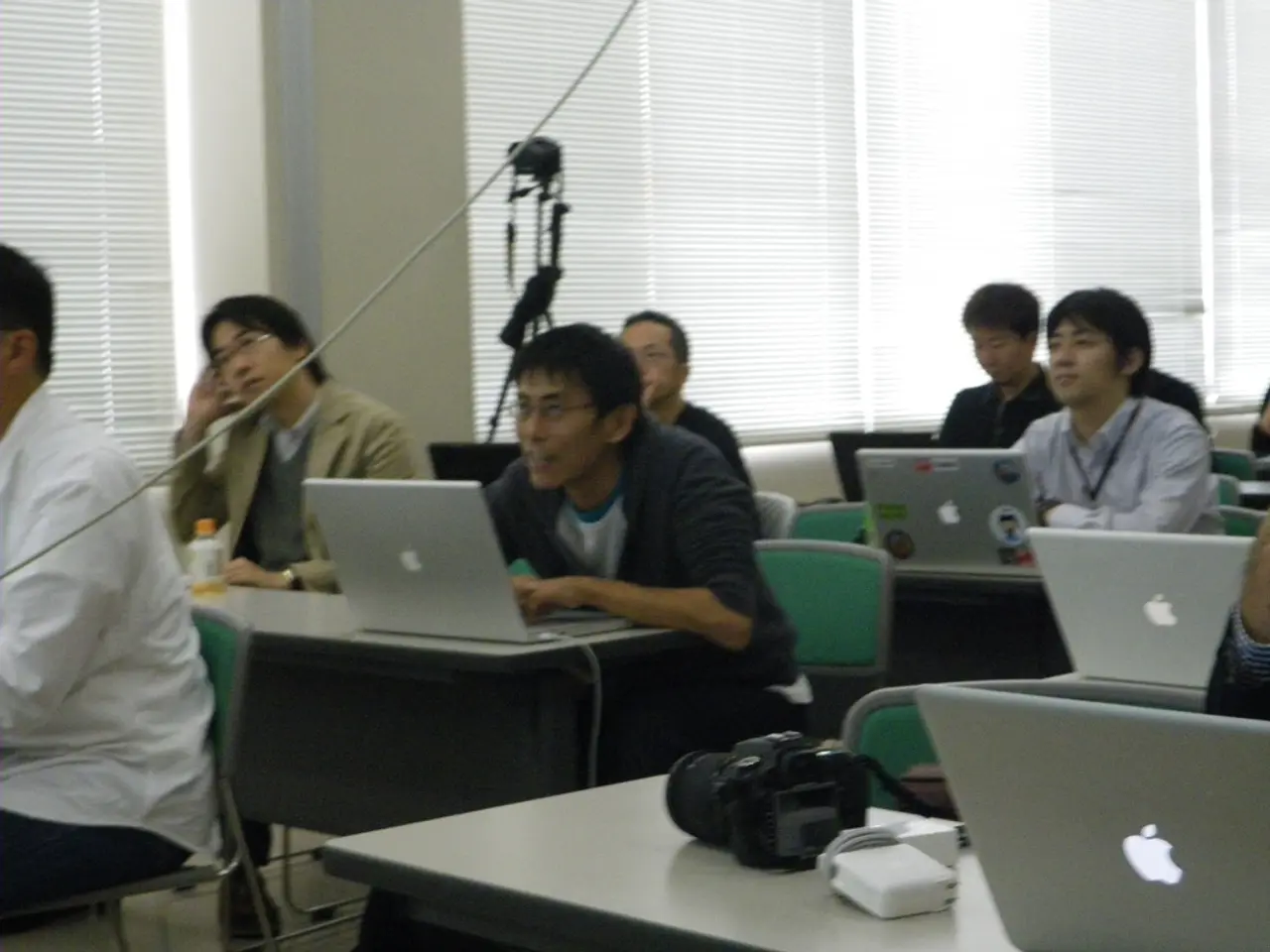Wi-Fi Signals Used to Create Photorealistic Images: Privacy Concerns Emerge
A groundbreaking method developed by Japanese researchers raises concerns about privacy. The technique, called LatentCSI, uses Wi-Fi signals to create photorealistic images of rooms, sparking debate about potential surveillance implications.
The team from Tsukada Laboratory at the University of Tokyo, led by Associate Professor Manabu Tsukada, has combined Wi-Fi Channel State Information (CSI) with latent diffusion models to generate high-resolution images. This method, LatentCSI, feeds Wi-Fi data into a modified encoder of the Stable Diffusion 3 model. The use of latent space enables quicker and more efficient image search compared to previous CSI-based imaging methods. However, the technique requires a pretrained model with a strong understanding of the environment to work effectively. This raises concerns about its potential use in surveillance, as it could potentially capture detailed images of indoor spaces without consent.
The development of LatentCSI by the University of Tokyo's Tsukada Laboratory has significant implications for privacy. While the technology offers promising applications in fields like autonomous driving and immersive media, its ability to generate high-resolution images using Wi-Fi signals also raises concerns about potential misuse in surveillance. Further research and ethical considerations are needed to ensure this technology is used responsibly.






